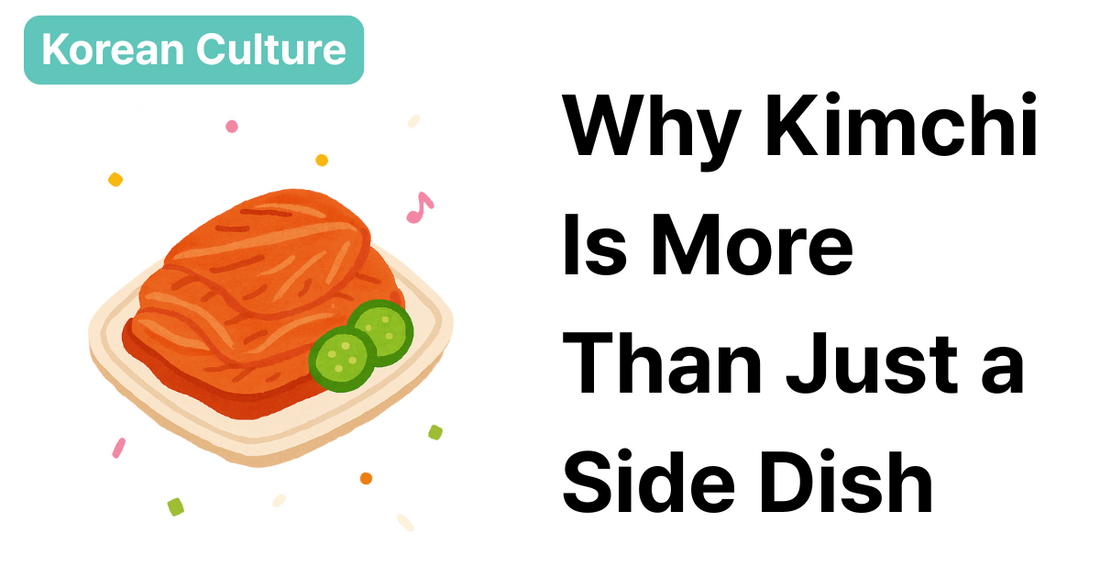
Why Kimchi Is More Than Just a Side Dish
Share
When people outside Korea think of kimchi, they often imagine a spicy side dish made with cabbage.
But in Korea, kimchi is much more than just food—it’s tied to history, health, and even emotion.
Let’s explore why kimchi holds such a special place in Korean households.
What Is Kimchi?
At its core, kimchi is fermented vegetables—usually napa cabbage or radish—mixed with garlic, chili flakes, ginger, fish sauce, and salt.
But there are hundreds of varieties, and each region or family might have their own version.
More than a dish, kimchi is a preservation technique, a source of nutrition, and a symbol of Korean identity.
In fact, UNESCO even listed Kimjang (the communal kimchi-making tradition) as an Intangible Cultural Heritage of Humanity.
Why Koreans Eat It Every Day
In many Korean homes, no meal feels complete without kimchi.
It’s served at breakfast, lunch, and dinner—sometimes even in soups, stews, or pancakes!
Why is it eaten so often?
-
✅ Flavor: The tangy, spicy kick enhances plain rice or meats.
-
✅ Balance: It adds fiber, probiotics, and vegetables to daily meals.
-
✅ Habit: For Koreans, eating without kimchi feels like something’s missing!
💡 Even instant noodles are often eaten with a side of cold kimchi!
The Emotional Connection: Kimchi and Family
For many Koreans, kimchi brings back memories of home.
Whether it’s the smell of winter Kimjang or the taste of mom’s special version, kimchi connects generations.
Making kimchi is often a family tradition—mothers passing down recipes to daughters, or communities gathering to prepare it together.
That’s why even Koreans living abroad will go out of their way to find or make kimchi.
It’s not just about taste—it’s about comfort, roots, and love.
Kimchi Isn’t Just Food—It’s a Feeling
Next time you try kimchi, remember:
You’re not just eating fermented cabbage.
You’re tasting Korean culture, family history, and a dish that says, “You’re home.”
📩 Subscribe to our newsletter
Get weekly Korean food stories, language tips, and cultural insights straight to your inbox.
